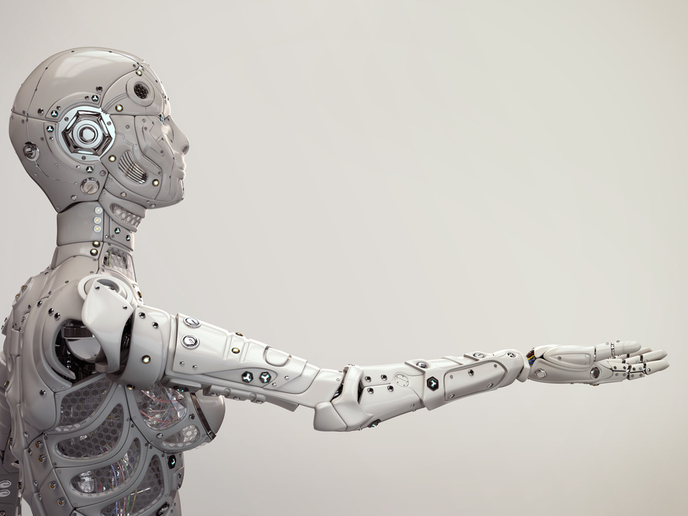How to use game theory for human-robot collaboration
What if robots can work with us so that we can perform activities such as sport training or physical rehabilitation? To help us reach our goals, they would need to understand our actions and adapt their behaviour accordingly. Although robots are increasingly used in several fields ranging from manufacturing to medical surgery, they can’t react optimally to individual users. Partially supported by the EU-funded CogIMon project, scientists have addressed this challenge by adapting game theory to analyse the physical interaction between a robot and a human. Their research was published recently in the journal ‘Nature Machine Intelligence’. A news item by Imperial College London summarises the theoretical framework of the study: “To successfully apply game theory to their interaction, the researchers had to overcome the issue that the robot cannot predict the human’s intentions just by reasoning.” Learning human behaviour The research team examined in what way “a contact robot should be controlled to provide a stable and appropriate response to a user with unknown behaviours during movements in activities such as sport training, physical rehabilitation or shared driving.” The Imperial College London news item states that the team looked at “the difference between its expected and actual motions to estimate the human’s strategy – how the human uses errors in the task to generate new actions.” It adds: “For example, if the human’s strategy does not allow them to complete the task, the robot can increase its effort to help them. Teaching the robot to predict the human’s strategy lets it change its own in response.” The scientists tested their framework in both simulations and experiments with human subjects. They demonstrated “that the robot can adapt when the human’s strategy changes slowly, as if the human was recovering strength, and when the human’s strategy is changing and inconsistent, such as after injury,” according to the same news item. The CogIMon (Cognitive Interaction in Motion) project was set up to alter “the way robots interact with humans by introducing more flexible, compliant, learning and user friendly robots,” as explained on the project website. “The CogIMon project aims at a step-change in human-robot interaction toward the systemic integration of robust, dependable interaction capabilities for teams of humans and compliant robots, in particular the compliant humanoid COMAN.” It also notes that to fulfil its objective, the project uses “sophisticated real-world robot demonstrations of interactive compliant soft catching and throwing, interaction with COMANS under changing contact and team constellation, and in model-driven fully engineering multi-arm handling.” The COmpliant HuMANoid Platform (COMAN) robot was developed as part of the FP7 AMARSi (Adaptive Modular Architecture for Rich Motor Skills) project that ran between 2010 and 2014. Thanks to its physical robustness, it can walk and balance, and is fully power autonomous as explained on the AMARSi project website. For more information, please see: CogIMon project website
Countries
Germany



